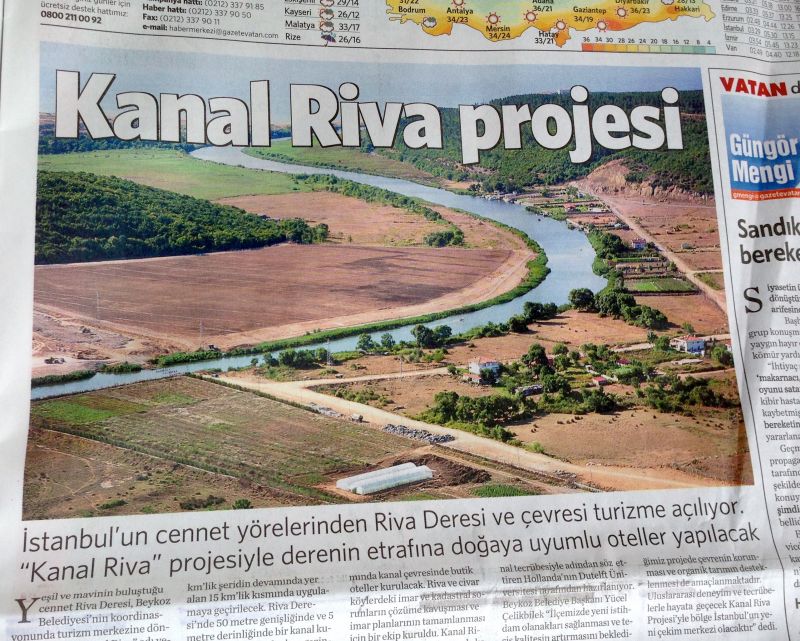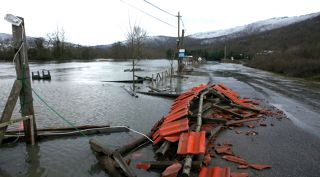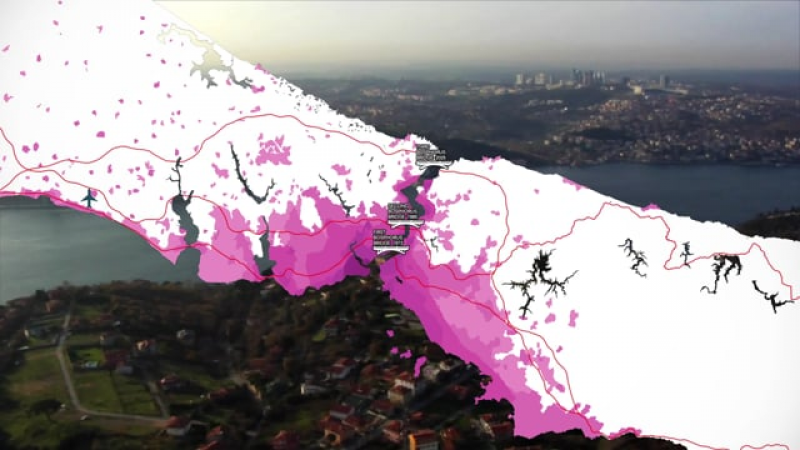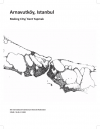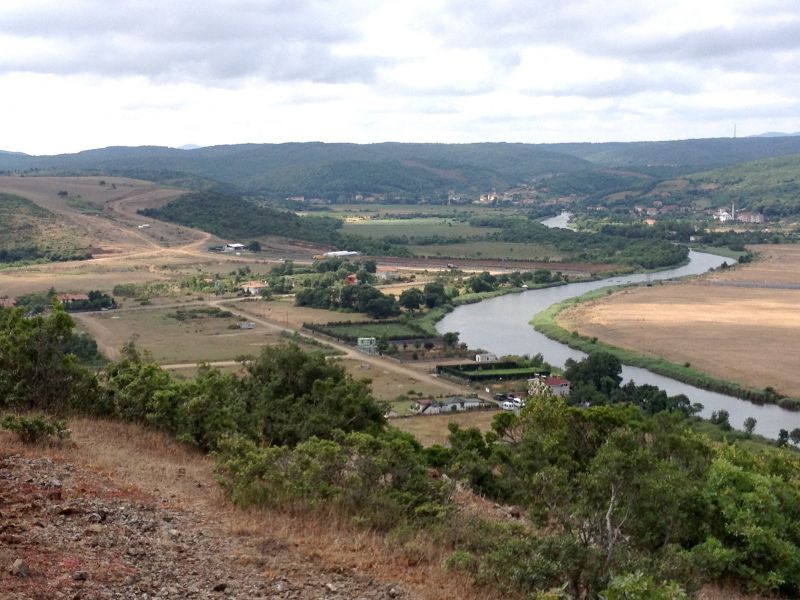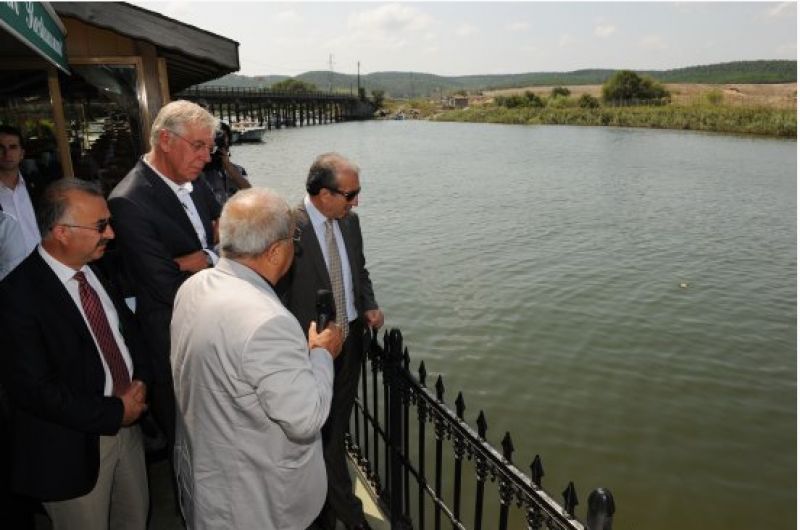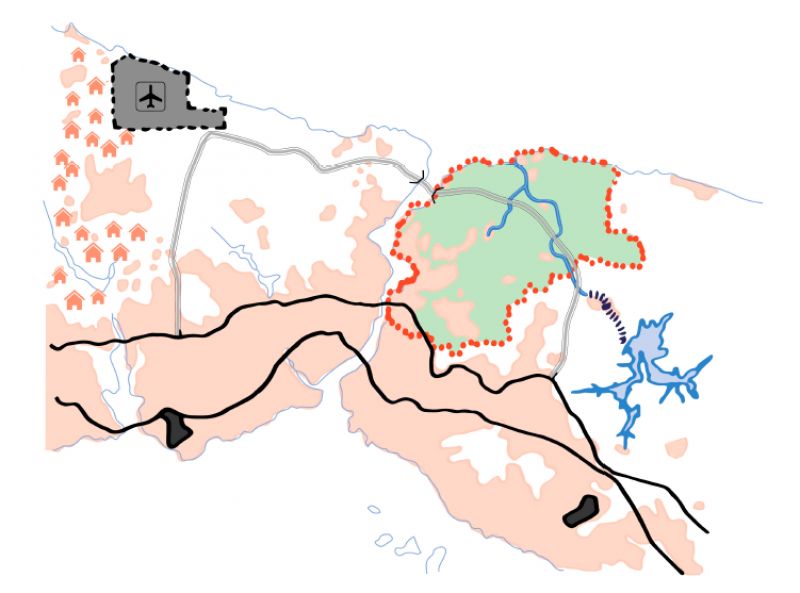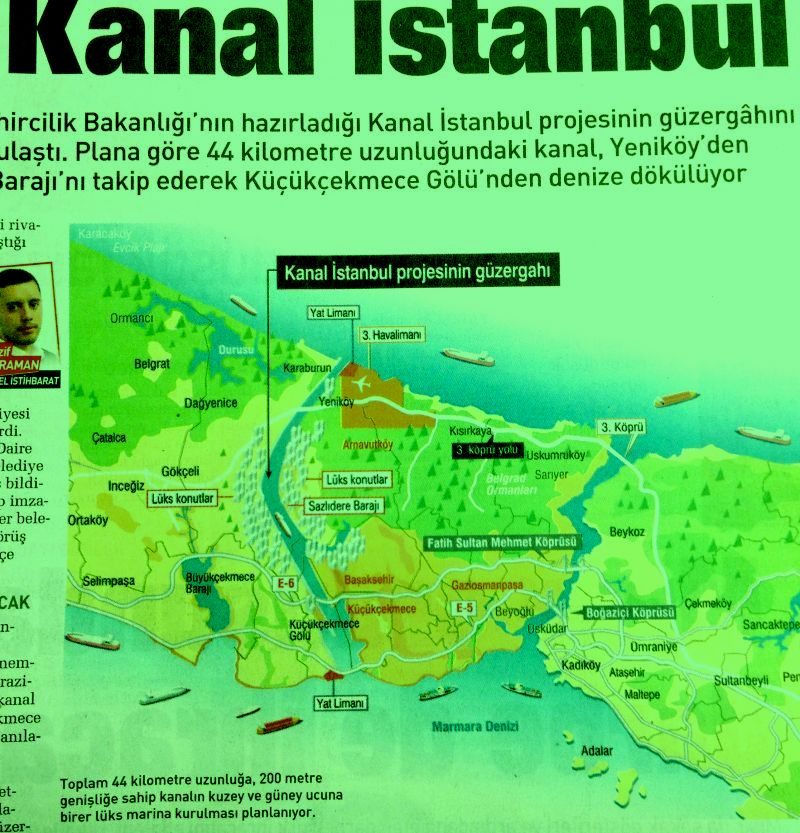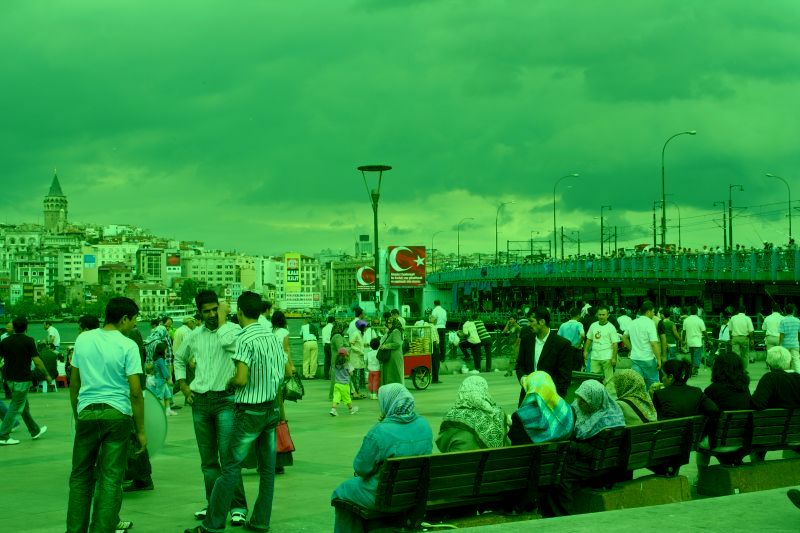

picture: George Brugmans
It must be the city’s unique position, straddled over the Bosporus and connecting continents and civilizations, histories and religions, trade and knowledge routes, opinions and cultures: whether as Byzantium, Constantinople or Istanbul, its geopolitical importance has been undisputed for two millennia.
However, its fortunes have always been on the up and down, and when, in 1923, Ataturk moved the capital of the new secular Turkey to Ankara, the city seemed fated to wither away.
Over the last half-century though Istanbul has shaken off most of its nostalgia and made a stunning come back. What started as a demographical explosion, largely because of Turkish migrants flocking to a city that went from half a million inhabitants around 1955 to about 14 million in 2012, consolidated into a metropolis that is now an economic powerhouse and a major political and cultural player, both in the MIddle East and in the world. Yet again, Istanbul is at the crossroads, and it is, sometimes litterally, the main battleground for the future of Turkey.

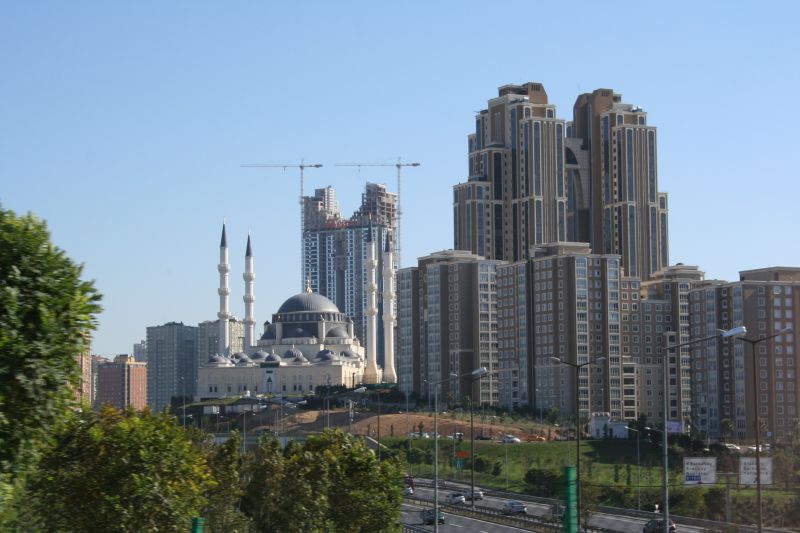
picture: George Brugmans
REFUGE
The IABR’s began to be active in Istanbul in 2008 when the city became headquarters for one of the six major research projects of the 4th IABR: Open City, and part of its main exhibition Open City: Designing Coexistence.
Refuge called attention to how displacement, whether because people flock to the city because of hunger, poverty or war, produces spaces that range from luxurious gated communities to overcrowded slums, and how these are all threats to urbanity and to the ideal of the Open City.
After the 4th IABR, in the Spring of 2010, Refuge was exhibited in Istanbul, at DEPO
clash of agendas
Refuge involved an intensive knowledge exchange process among designers, academics, and administrators from Rotterdam, Amsterdam and Istanbul, organized by the IABR through 2009 and 2010. One of the participants was the Municipality of Arnavutköy –situated in the north of the European side of the metropolis and bordering the Black Sea. This area, still very green, is covered by water reservoirs and farmland that are of great significance to the city. But its ecological functions are under constant and momentous pressure as a result of sprawling urbanization.
It was immediately clear that Arnavutköy is exemplary for the tremendous challenges that Istanbul, just like many other large urban regions everywhere in the world, is now facing: how to match the political ecological, economic and demographic agendas in such a way as to create a resilient city ready for the 21st century?


picture: George Brugmans
That Arnavutköy in 2013 became the area on which a new and huge airport, a new superhighway and a new canal connecting the Black Sea to the Sea of Marmara, were to be parachuted by the central authorities in Ankara, only proved the point. With Istanbul yet again at the crossroads Arnavutköy clearly is one of the main battlegrounds for these clashing agendas.
local curator
In 2010 the IABR appointed Asu Aksoy, Associate Professor at Istanbul Bilgi University, to the Curator Team of the 5th IABR, and she became the local curator of the new IABR Test Site Istanbul.
This decision marked IABR's intention to actively engage itself in the debate about and the making of the city of Istanbul. The first action taken on the Test Site was the set up, together with the municipality of Arnavutköy, of the Atelier Istanbul.
